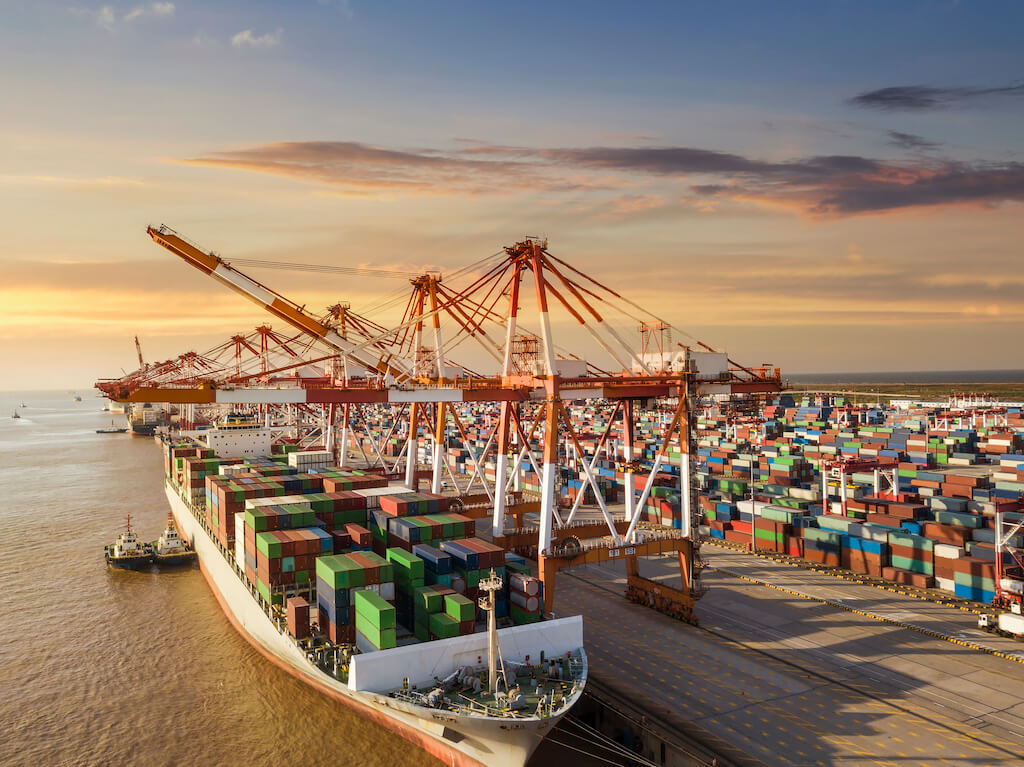Shipping goods internationally can be a complex process, but with the right knowledge and preparation, sending items to the Netherlands can be streamlined and efficient. Whether you’re a business owner looking to expand into the Dutch market or an individual sending a package to a friend or family member, understanding the ins and outs of shipping to Netherlands is essential. In this guide, we’ll cover everything you need to know to ensure a smooth shipping experience.
Understanding Duties and Taxes
One of the key considerations when shipping to the Netherlands is understanding the duties and taxes that may apply to your shipment. The Netherlands is part of the European Union (EU), which means that shipments from outside the EU may be subject to customs duties and value-added tax (VAT). The VAT rate in the Netherlands typically ranges from 9% to 21%, depending on the type of goods being imported. Additionally, certain goods may be subject to specific duties based on their classification.
To avoid any surprises, it’s important to research the applicable duties and taxes for your specific items before shipping to the Netherlands. You can typically find this information on the website of the Dutch customs authority or consult with your shipping provider for guidance.
Choosing the Right Shipping Provider
Selecting the right shipping provider is crucial when shipping to the Netherlands. Look for a reputable company with experience in international shipping and a track record of reliable service. Consider factors such as shipping times, package tracking capabilities, and customer support.
Many shipping providers offer specific services for shipping to the Netherlands, including express delivery options for urgent shipments and economy services for cost-effective shipping. Compare the rates and services offered by different providers to find the best option for your needs.
Packaging and Labeling Requirements
Proper packaging and labeling are essential for international shipments to the Netherlands. Make sure your items are securely packaged to withstand the rigors of transit, and use durable materials to protect fragile items. Additionally, ensure that your package is properly labeled with the recipient’s address, including the postal code, and include your contact information as the sender.
It’s also important to include any required customs documentation with your shipment, such as a commercial invoice or pro forma invoice. These documents help customs authorities process your shipment smoothly and accurately assess any applicable duties and taxes.
Tracking Your Shipment
Once your shipment is on its way to the Netherlands, it’s essential to be able to track its progress. Most shipping providers offer online tracking tools that allow you to monitor your package in real-time. Keep an eye on your shipment’s status and be proactive about addressing any issues that may arise, such as customs delays or delivery exceptions.
If you’re shipping valuable or time-sensitive items, consider purchasing additional insurance coverage for your shipment. This can provide added peace of mind and financial protection in the event of loss or damage during transit.
Conclusion
Shipping to the Netherlands can be a straightforward process with the right preparation and understanding of the relevant regulations and requirements. By familiarizing yourself with duties and taxes, choosing a reliable shipping provider, properly packaging and labeling your items, and tracking your shipment’s progress, you can ensure a smooth and successful shipping experience. Whether you’re sending goods for personal or business reasons, following these guidelines will help your shipment reach its destination in the Netherlands safely and efficiently.

